In this video I discuss what is metabolic rate, how to calculate metabolic rate, and how to calculate calories burned, and how many calories burned in a day. I also discuss basal metabolic rate, and resting metabolic rate. Transcript (partial with notes) In this video, I am going to show you the formula on how to calculate your calories burned in a day (metabolic rate). And give some examples. Lets start off with the term metabolic rate. In this video we are defining metabolic rate as the amount of calories you would burn off in a day (24 hours) while at rest. So, not moving around or being active. In the fitness community, There are 2 popular formulas to calculate this. BMR, basal metabolic rate, and RMR, resting metabolic rate. BMR is taken after 8 hours of sleep and 12 hours of fasting. RMR is taken under less restrictions, and has been shown to be statistically more accurate. Lets look at a couple of examples. Here we have kyle and Samantha, and their metrics are here. Kyle is 44 yrs old, is 5’8” tall, and weighs 160 pounds. Samantha is 33 yrs old, 5’4” tall, and weighs 126 pounds. The RMR equation for men is (4.55 x Weight in pounds) + (15.88 x Height in inches) – (5*age) + 5, for women the equation is (4.55 x Weight in pounds) + (15.88 x Height in inches) – (5*age) -161. When we plug in Kyle’s and Sam’s #’s, we see that Kyle’s RMR is 1592.84 cal/day, and Sam’s is 1263.62 cal/day. So, after rounding up, this tells us that if Kyle and Sam were to sit around all day, they would need 1583 and 1264 calories per day to maintain their weights. We know that neither Kyle or Samantha are going to sit around all day. So there is a multiplication factor that we must use next. It is based on each of their lifestyles. The factor is as follows… • 1.200 = sedentary (little or no exercise) • 1.375 = lightly active (light exercise/sports 1-3 days/week, approx. 590 Cal/day) • 1.550 = moderately active (moderate exercise/sports 3-5 days/week, approx. 870 Cal/day) • 1.725 = very active (hard exercise/sports 6-7 days a week, approx. 1150 Cal/day) • 1.900 = extra active (very hard exercise/sports and physical job, approx. 1580 Cal/day) Lets say Kyle is very sedentary, so if we multiply his RMR by 1.2 we have ….1911.6 cal/day. Now, Samantha is in the very active category, so we need to multiply her RMR by 1.725, and we get…2180.4 cal/day . So, based on these calculations Kyle can consume 1912… calories per day to maintain his current weight, and Samantha can consume …2180 calories per day to maintain her weight. Now, You can use the RMR equation and lifestyle multiplication factor to calculate your baseline. Drawbacks… A few of things I need to mention. First, this and any other formula used to calculate your metabolic rate is just an estimate. There is a margin for error. Second, muscle mass is very important. Lets look at Kyle, and Jack, who both weigh the same. However, Jack has much more muscle mass than K, since muscle burns more calories than fat, J will have a higher metabolic rate. Third, the type of diet ( for example consuming whole vs processed foods) is not factored either. Bottom Line I don’t believe that counting calories is a path to successfully sustaining weight loss in the long run. However, Using the RMR formula and the lifestyle multiplication factor is extremely helpful in increasing your awareness to how many calories you need to consume per day. Which In turn can lead to a higher awareness of how quickly calories you consume add up. Other sources… http://www.scientificpsychic.com/health/cron1.html http://www.ncbi.nlm.nih.gov/pubmed/15883556
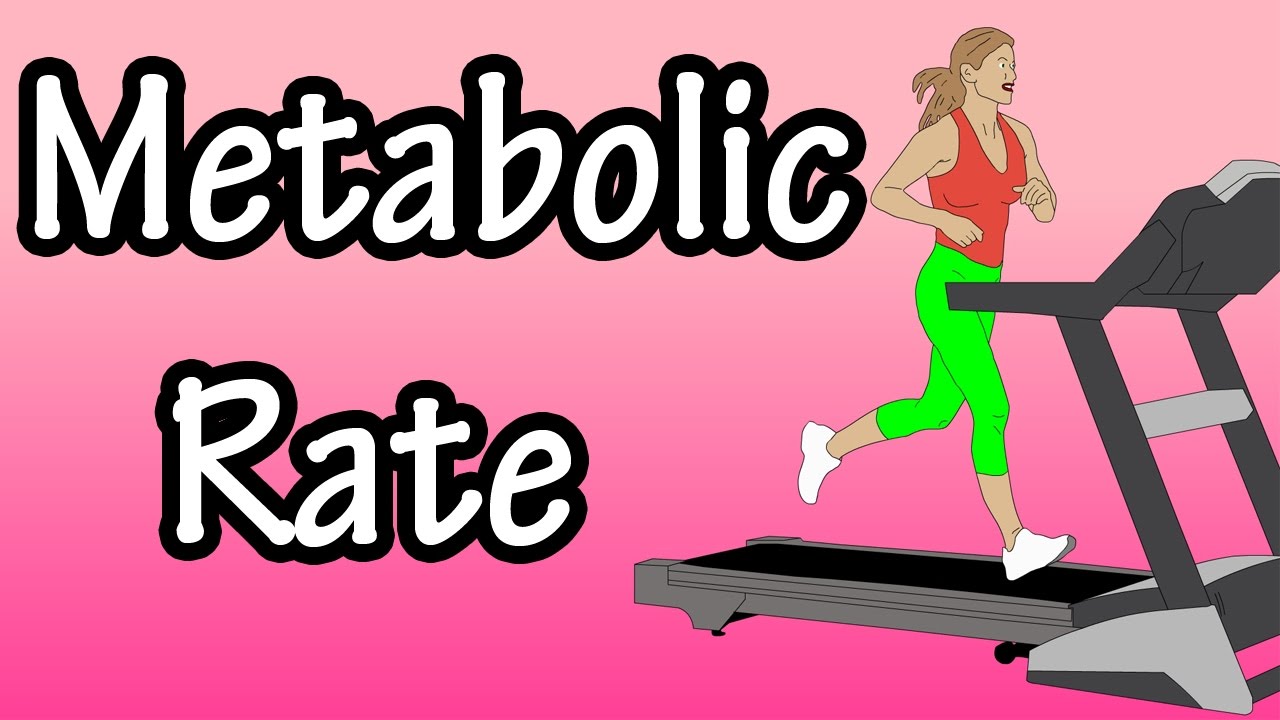
Nutritional Physiology & Biochemistry Video – 2
- Post author:admin
- Post published:May 10, 2021
- Post category:Uncategorized
- Post comments:0 Comments
You Might Also Like

Shoulder Workout

Asanas Meaning And More Asanas Video – 3

Wrestling Video – 4

Cardio Exercise Video – 3

Personality Psychology Video – 3
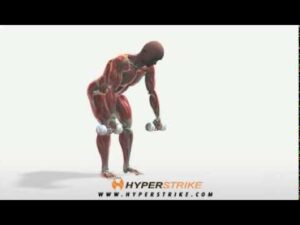
Latissimus Dorsi Bent Over Row-7

What do you eat when you have diarrhea and vomiting ? | Better Health Channel
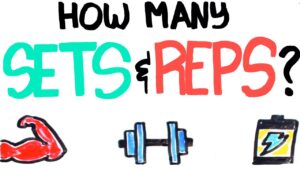
Muscle Building Workout & Squats Video – 17

Branches of Physiotherapy Video – 19
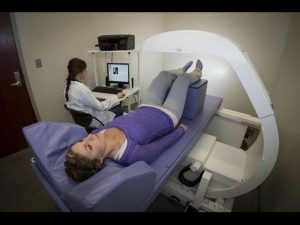
Ever heard of a DEXA Scanner?
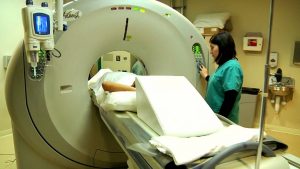
Medical Monday: CT Angiography-Summit Medical Group
Triceps Exercises

Advantages Of Yoga Video – 5

Rugby Video – 2
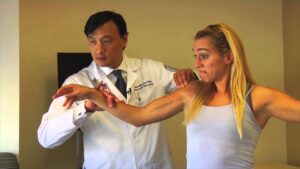
Branches of Physiotherapy Video – 5
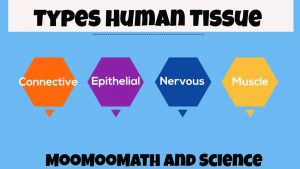
Types of Human Body Tissue
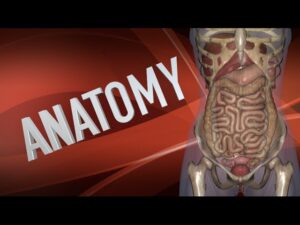
Endocrine System Chart – Quiz

One Arm Row Dumbbell-8
Shrugs-2

Foods High in Antioxidants – Which Food Has Most Antioxidants – Highest Source of Antioxidants
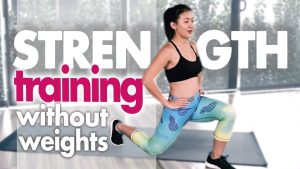
Total Body Strength Training Without Weights for Women | Home Workout (No Jumping) | Joanna Soh

Beacita Advert EN

Fatty Acids (Omega 3 & Omega 6) Deficiency: Symptoms & Sources by Dr Berg

BUILD SHIRT STRECHING BACK WITH UPPER TRAPEZIUS-ROPE SHRUGS WORKOUT.
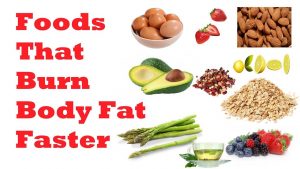
Eat Food To Lose Belly Fat Naturally
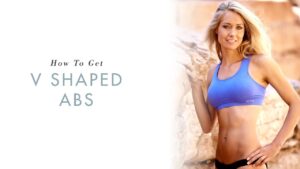
One Simple Movement To Get V-shaped Abs

JM PRESS: Skullcrusher + Close Grip Bench Hybrid- Effective and Safe Tricep Exercise
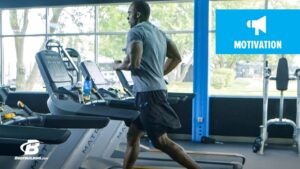
Law 3: Train to Lose | 10 Laws of Muscle-Building

Bodybuilding Nutrition, Diet Recipes & Workout – 20

Types of Jaundice in Newborn

What Is BMI ? – Tehzeeb Lalani – Tell Me Doctor
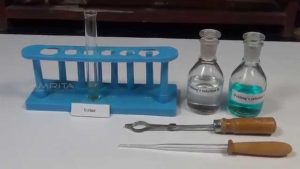
Detection of Sugar in Urine – MeitY OLabs
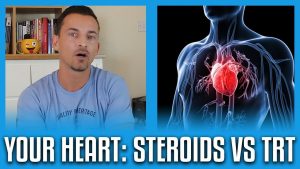
Steroids BAD! TRT GOOD! The Effects On Your Heart (Latest Studies)

Xenical / Orlistat / diet pills – Why I quit after 2 months – Video #4 of 4

Hypotension Meaning

What is Diarrhea?

Alexander Technique Video – 2
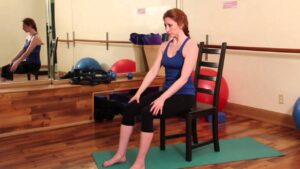
Core Strengthening Exercises for Seniors

Things you must know before taking BCAA Supplements | HINDI

Anorectal Surgeries Video – 3

Arthritis Nutritional Tips
![Read more about the article What Is Creatine | Benefits, side effects And Dosage Of Creatine Monohydrate [ hindi ]](https://videos.drmaheshkumar.com/wp-content/uploads/2021/05/What-Is-Creatine-Benefits-side-effects-And-Dosage-Of-Creatine-Monohydrate-hindi--300x169.jpg)
